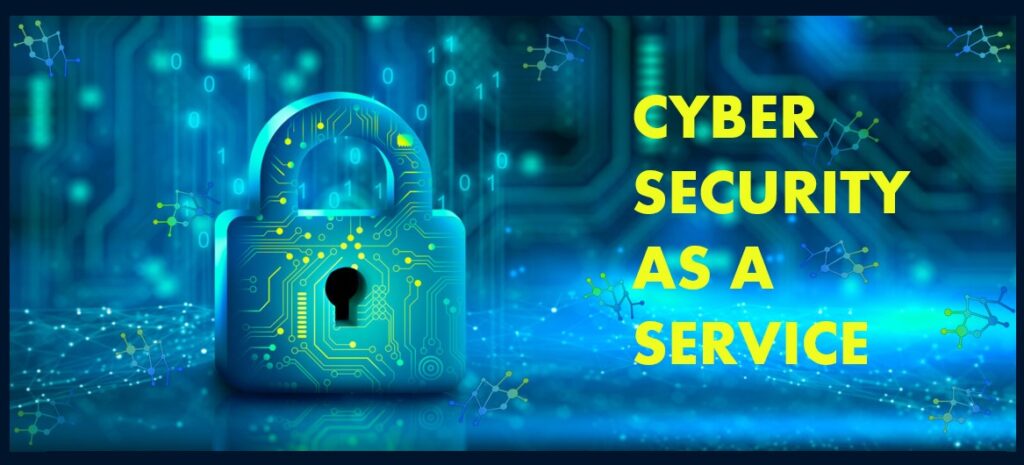Uncovering Top Cyber Security Blind Spots
July 12, 2024

In today’s rapidly evolving digital landscape, cybersecurity is a paramount concern for businesses of all sizes. Despite investing in robust security measures, many organizations unknowingly harbor vulnerabilities—blind spots that can expose them to significant risks. In this blog, we’ll shed light on some of the most common cybersecurity blind spots and provide insights on how to mitigate these hidden dangers.
Unpatched Software and Systems
The Risk: Software and systems that are not regularly updated with the latest patches can become prime targets for cyber attackers. Vulnerabilities in outdated software can be exploited to gain unauthorized access or deploy malicious code.
Mitigation Strategies:
- Regular Updates: Implement a systematic process for applying patches and updates to all software and systems.
- Automated Tools: Use automated patch management tools to ensure no critical updates are missed.
- Vulnerability Scanning: Regularly scan for vulnerabilities and address them promptly.
Insider Threats
The Risk: Employees, contractors, or partners with access to your network can unintentionally or maliciously compromise your security. Insider threats are often harder to detect because the actions may come from trusted individuals.
Mitigation Strategies:
- Access Controls: Implement strict access controls based on the principle of least privilege, ensuring individuals only have access to the data and systems necessary for their role.
- Monitoring and Auditing: Regularly monitor user activities and conduct audits to detect any unusual or unauthorized behavior.
- Employee Training: Educate employees about security policies and the importance of vigilance in protecting sensitive information.

Inadequate Backup and Recovery Plans
The Risk: Data loss due to cyberattacks, such as ransomware, can cripple an organization. Without a robust backup and recovery plan, the ability to restore operations quickly is compromised.
Mitigation Strategies:
- Regular Backups: Perform regular backups of critical data and systems, ensuring they are stored securely and tested for integrity.
- Disaster Recovery Plan: Develop and routinely test a disaster recovery plan that outlines procedures for restoring operations in the event of a data breach or cyber incident.
- Offsite Storage: Store backups in an offsite location to protect against physical damage or theft.
Weak Password Policies
The Risk: Weak or reused passwords make it easier for attackers to gain access through techniques like brute force attacks or credential stuffing. Poor password hygiene remains a significant vulnerability.
Mitigation Strategies:
- Strong Password Requirements: Enforce strong password policies, requiring complex and unique passwords for all accounts.
- Multi-Factor Authentication (MFA): Implement MFA to add an extra layer of security, making it more difficult for attackers to gain unauthorized access.
- Password Managers: Encourage the use of password managers to help employees generate and store complex passwords securely.

Unsecured IoT Devices
The Risk: The proliferation of Internet of Things (IoT) devices in the workplace can introduce new vulnerabilities if these devices are not properly secured. Many IoT devices have weak security measures and can be exploited as entry points into the network.
Mitigation Strategies:
- Network Segmentation: Isolate IoT devices on a separate network to limit the potential impact of a compromised device.
- Device Management: Regularly update and patch IoT devices, and disable any unnecessary features or services.
- Vendor Security: Choose IoT devices from reputable vendors that prioritize security and provide regular updates.
Lack of Employee Training
The Risk: Human error is one of the leading causes of data breaches. Employees who are unaware of cybersecurity best practices are more likely to fall victim to phishing attacks, social engineering, or other malicious activities.
Mitigation Strategies:
- Continuous Training: Provide ongoing cybersecurity training to educate employees about the latest threats and how to recognize and respond to them.
- Simulated Attacks: Conduct simulated phishing campaigns to test and reinforce employees’ ability to identify and avoid phishing attempts.
- Security Culture: Foster a security-aware culture where employees feel responsible for protecting the organization’s digital assets.
Incomplete Asset Inventory
The Risk: Without a comprehensive inventory of all hardware and software assets, it’s challenging to secure your environment effectively. Unknown or forgotten assets can become easy targets for attackers.
Mitigation Strategies:
- Asset Management: Maintain a detailed inventory of all IT assets, including hardware, software, and virtual machines.
- Regular Audits: Conduct regular audits to ensure the inventory is up to date and all assets are accounted for.
- Lifecycle Management: Implement lifecycle management practices to ensure assets are properly maintained, updated, and decommissioned when no longer in use.

Cybersecurity is an ongoing challenge that requires constant vigilance and proactive measures. By identifying and addressing these common blind spots, your organization can significantly reduce its risk of falling victim to cyberattacks. Remember, the strength of your cybersecurity posture is only as strong as its weakest link. Regular assessments, employee education, and robust security practices are essential to protect your company from the ever-evolving threat landscape.
Have Any Question?
Call or email Cocha. We can help with your cybersecurity needs!
- (281) 607-0616
- info@cochatechnology.com




